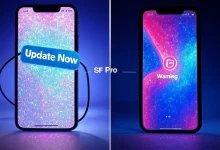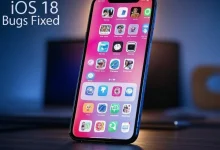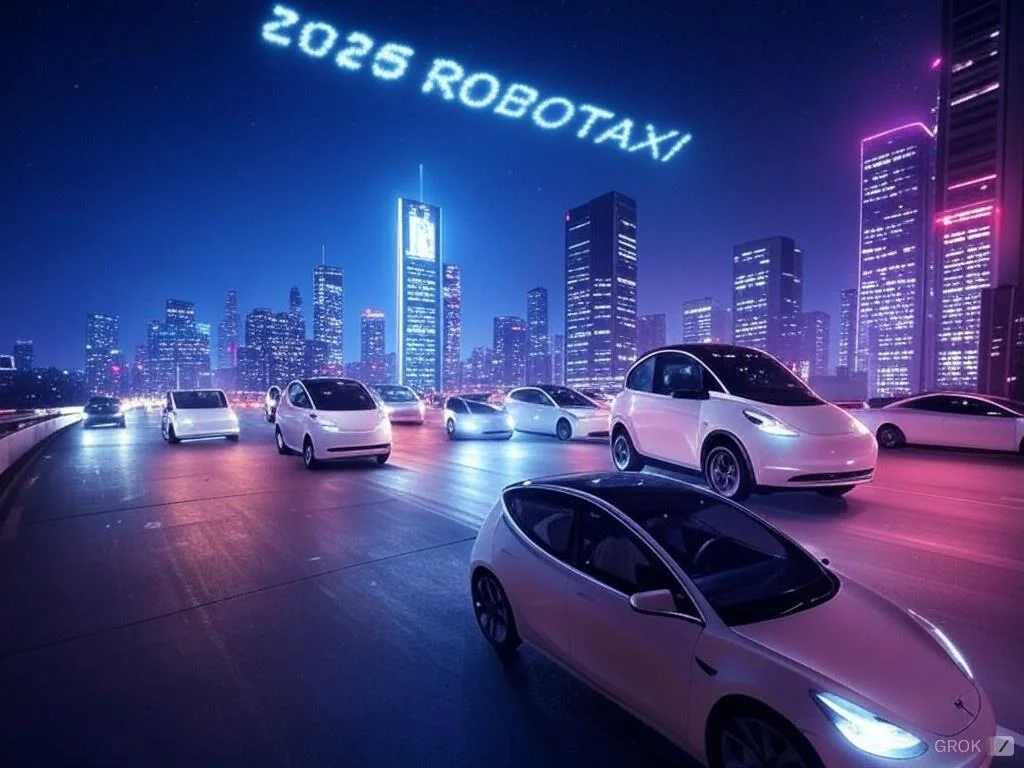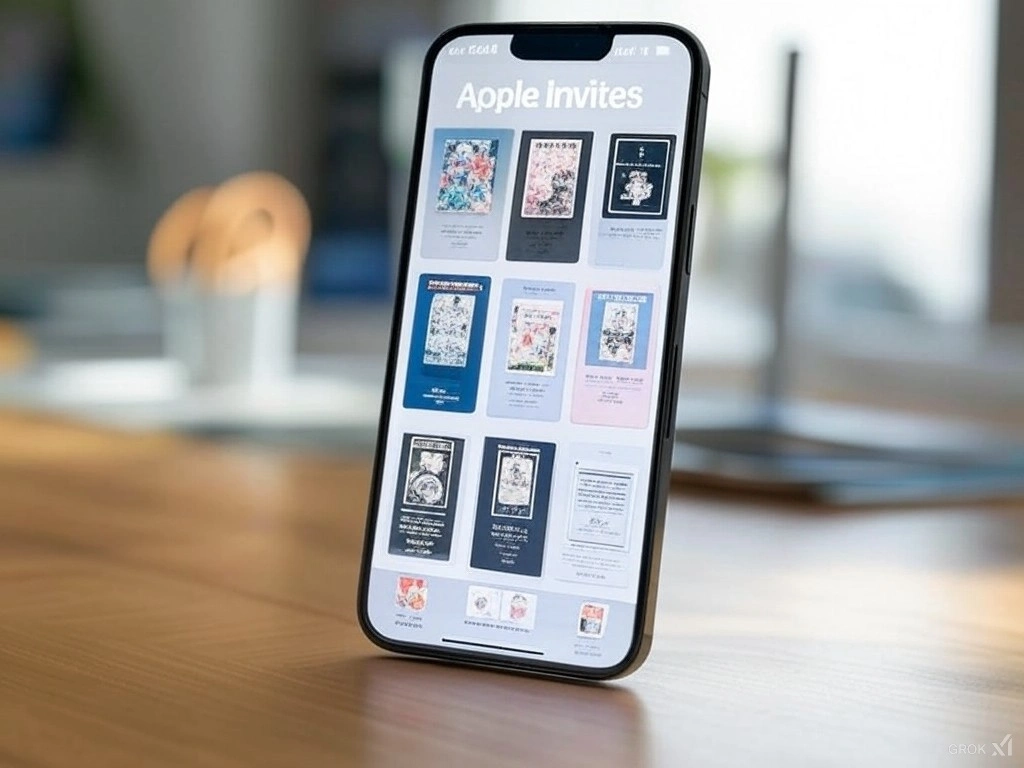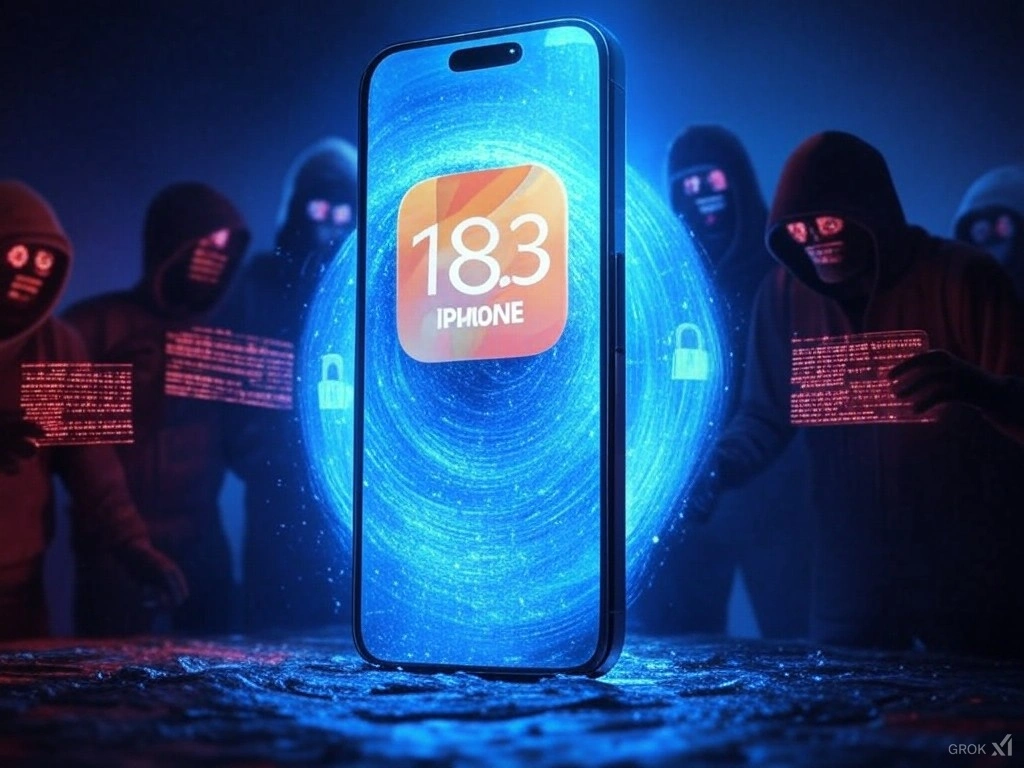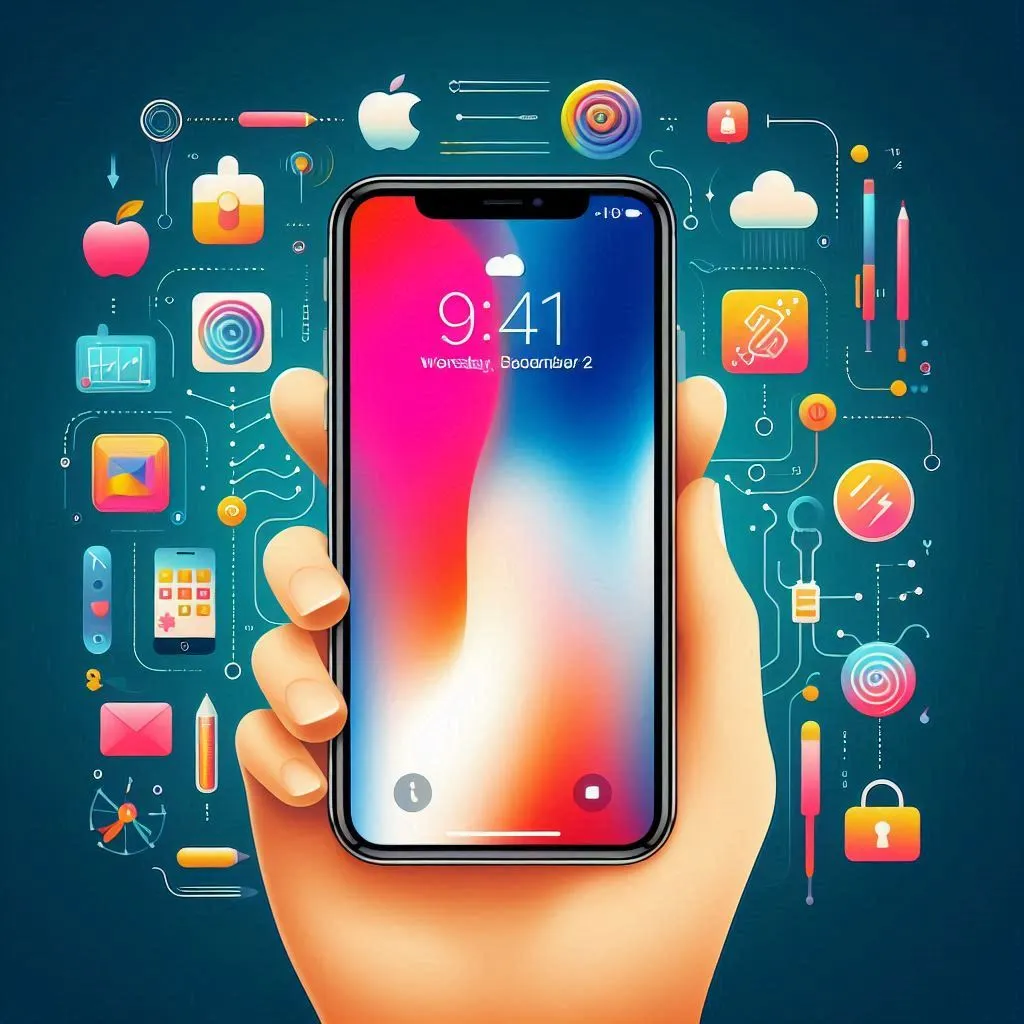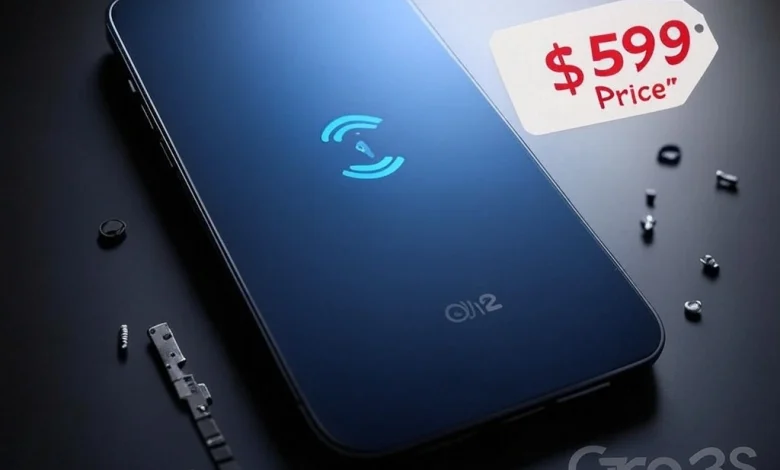
iPhone 16e’s Hidden Costs: Why Apple’s $599 Price Tag Isn’t the Full Story
The Apple Tax: What $599 Doesn’t Cover
Apple unveiled the iPhone 16e on February 19, 2025, positioning it as a “budget” successor to the iPhone SE 2022 ($429) and a cheaper alternative to the iPhone 16 ($799). Launched on February 28, 2025, with pre-orders starting February 21, it boasts the A18 chip, a 48MP camera, and Apple Intelligence—features borrowed from the pricier iPhone 16 lineup. But beneath the $599 starting price (128GB), early adopters may face unexpected expenses:
1. No MagSafe = Charger Complications
Apple ditched MagSafe on the 16e to cut costs, opting for standard Qi2 wireless charging (7.5W vs. MagSafe’s 15W). Testing from 2024 (e.g., Anker Qi2 chargers) shows Qi2 can be slower—up to 50% in ideal conditions—and less efficient, sometimes heating up with budget models.
- Workaround Costs: Third-party magnetic rings for Qi2 alignment cost $20-$30 (e.g., Spigen, 2024 pricing). Adding a decent Qi2 charger ($30-$50) could total $50-$80 out of pocket. Apple’s warranty remains intact unless third-party mods cause damage—a standard policy.
2. First-Gen C1 Modem Limitations
The iPhone 16e debuts Apple’s C1 modem, replacing Qualcomm’s chips. It supports sub-6GHz 5G but skips mmWave, limiting ultra-fast speeds in urban areas (e.g., 1-2 Gbps vs. sub-6GHz’s 100-300 Mbps, Ookla 2024). Rural coverage may lag due to weaker band optimization compared to Qualcomm’s X75 (iPhone 16).
- Real Impact: While no specific data exists yet, sub-6GHz typically underperforms in sparse areas—potentially 20-40% slower than mmWave-capable phones. Carrier memos are unconfirmed, but Verizon’s 2024 rural 5G critiques suggest caution.
3. Ecosystem Dependencies
Apple Intelligence shines with accessories like AirPods Pro 2 ($249), enhancing features like Siri’s audio processing (WWDC 2024). Without them, Siri retains core iOS 18 functionality but misses advanced real-time capabilities—akin to iPhone 14-level Siri (2022).
Repairability: Familiar Challenges
Apple highlights the 16e’s “sustainable design,” but repair hurdles persist:
- Battery Design: Likely uses adhesive pull-tabs (standard since iPhone 14). Past iFixit teardowns (2024) show these can fail, necessitating pro repair. Apple’s 2024 battery cost is $99 for iPhone 16 models; the 16e’s could match (vs. $69 for SE 2022).
- Face ID Repairs: Certified repairs cost $169-$279 (2024 rates), and third-party fixes disable Face ID (Apple policy since 2022).
- AppleCare+ Costs: Monthly fees were $7.99 for SE 2022; no 16e-specific hike is confirmed, but plausible given inflation.
Environmental Trade-Offs
Apple touts “100% recycled aluminum” for the 16e’s frame, but questions linger:
- Cobalt Concerns: The C1 modem likely uses cobalt, sourced globally—including Congo, where child labor persists (Amnesty, 2023). Apple’s 2024 supply chain report claims ethical sourcing, but specifics for C1 are undisclosed.
- E-Waste Reality: Switching to USB-C (EU mandate, 2024) obsoleted Lightning accessories. Apple’s trade-in recycled ~20% of devices in 2023, but e-waste remains a challenge.
Real-World Feedback: Early Signs
- User Sentiment: Pre-launch speculation on X (formerly Twitter) anticipates 5G and charger gripes, plausible given C1 and MagSafe cuts.
- Cost Complaints: Users might spend $50-$80 on chargers, aligning with accessory trends (e.g., $30 Qi2 pads, 2024).
Better Alternatives?
| Phone | Price | Pros Over iPhone 16e | Cons |
|---|---|---|---|
| Pixel 8a | $499 | 90Hz screen, 8 years of updates, Tensor G3 AI | No wireless charging |
| Galaxy A54 | $449 | 120Hz OLED, SD card slot, 25W charger included | Bloatware |
| iPhone 14 | $529 | MagSafe, Qualcomm 5G, proven reliability | No Apple Intelligence |
The Bottom Line
The iPhone 16e’s $599 price gets you modern perks—A18 power, a 6.1-inch OLED, and a solid camera—but sacrifices like no MagSafe, a basic modem, and repair costs could tack on $150+ over time. It’s not the SE’s bargain successor; it’s a mid-tier play with trade-offs.
What to Do Next:
- Watch for carrier deals (e.g., Verizon’s 2024 SE discounts shaved $100+).
- Consider a refurbished iPhone 14 ($529-$599) with MagSafe and Qualcomm 5G.
- Return by March 14, 2025, if purchased at launch (Apple’s 14-day policy).
Sources (As of February 22, 2025):
- Apple’s iPhone 16e Announcement (February 19, 2025)
- Apple’s 2024 Repair Pricing & Supply Chain Reports
- iOS 18 Feature Details (WWDC 2024)
- General Industry Trends (e.g., Qi2 testing, 5G performance, 2024)
Disclaimer: Prices reflect U.S. market estimates. Features and costs may evolve post-March 2025.
